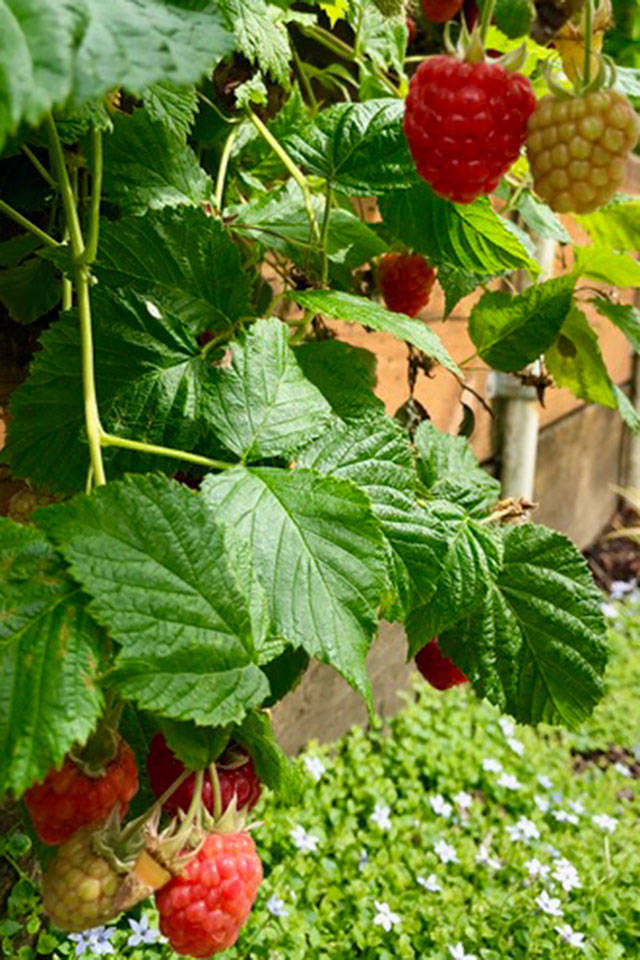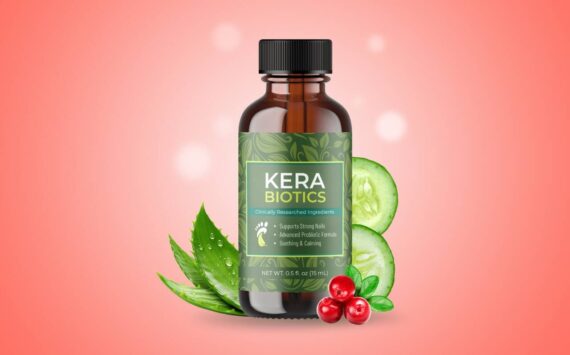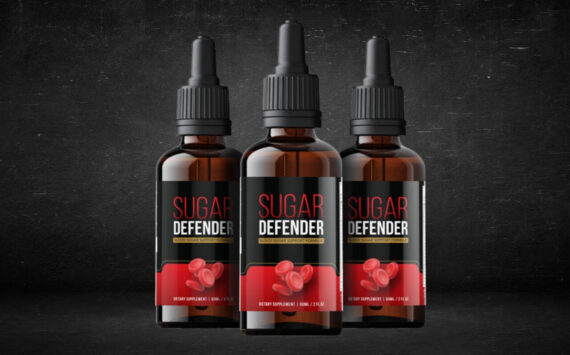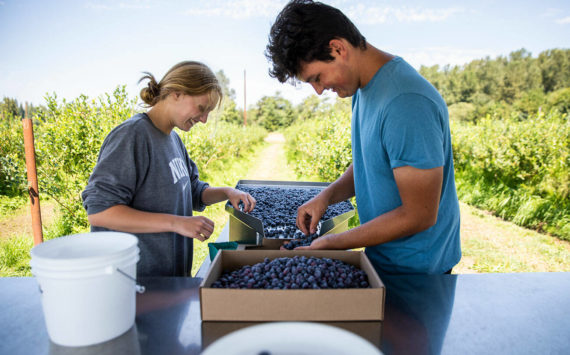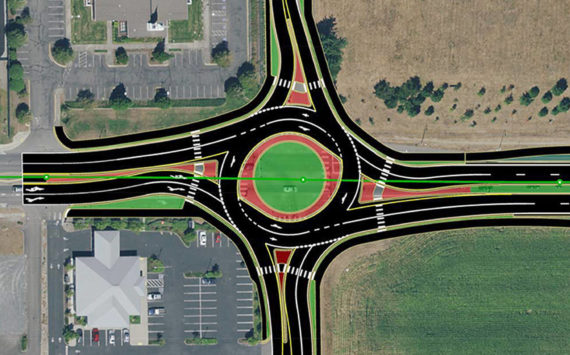By Steve Smith
It should be no surprise that our Northwest climate is perfect for growing berries that will grow with little effort on our part. The hardest choice is which variety to grow. Here are some suggestions for your back yard:
•Blueberries: Traditional high-bush varieties come in early, mid, and late ripening times, which means that you could harvest them from early July into August. “Chandler” seems to produce the largest berries, but you really can’t go wrong with any of them. If you want to mix it up a bit, consider “Pink Popcorn” which sports pink blueberries or “Razz” which claims to have overtones of raspberry flavor. For a more decorative plant try “Cabernet Splash” with its dark burgundy-colored spring foliage. •Raspberries: Raspberries come in two models, June bearing and everbearing – there are multiple varieties within each category. If you like to make jams and jellies, it is best to plant the June varieties. But if you like to graze throughout the summer, go with everbearing types. “Indian Summer” is a good pick for everbearing, and “Candy Red” or “Meeker” are good ones for June bearing. For a twist, give “Cascade Gold” a try; it’s a June bearer with golden yellow fruit. If you are short on space or limited to containers try “Raspberry Shortcake”, a June bearer that is thornless and only grows to 2-feet tall. •Strawberries: Strawberries also come in both June bearing and everbearing varieties. For years “Tri Star” was the go-to variety for non-stop summer-long production, but “Seascape” and “Sweet Kiss” are dependable as well. For June crops, “Shuksan, Hood and Rainier” are reliable and delicious. For a unique variety, “Hawaiian Berry” had red and white berries with a hint of pineapple flavor. •Blackberries: Sure they are available in the wild, but cultivated blackberries have larger berries and many varieties are thornless. “Black Satin, Colombia Star and Thornless Boysenberry” are three such varieties. “Prime Ark Freedom” is thornless with a June and fall crop.
Gardeners can also grow some of the more obscure types such as cranberries and lingonberries – both of which make a nice ground cover for the edible landscape enthusiast. Both of our native huckleberries (evergreen and deciduous) can be grown in a backyard setting and will even take some shade. Honeyberries are a native to the northern hemisphere and are extremely hardy for our area. They produce an elongated bluish fruit that has a sweet-tart flavor, is higher in antioxidants than blueberries and is good eaten fresh or frozen.
These plants prefer full sun and can reach 6-feet tall and as wide in 10 years. “Blue Moon, Blue Pacific, Cinderella, and Borealis” are the main flavorful varieties.
Goji berries are another new introduction to the Northwest, although they have been in cultivation in China for thousands of years. The fruit is bright red and high in antioxidants and vitamins. Grow them in containers for best results. “Crimson Star and Sweet Lifeberry” seem to be the preferred varieties.
Whatever berries you decide to grow, the sooner you plant them the sooner you can start harvesting. Most all of the above varieties should be available and ready to plant this time of year.
Steve Smith owns Sunnyside Nursery in Marysville, info@sunnysidenursery.net.
P.S. – The nursery will be hold a free class called Fresh Backyard Berries at 10 a.m. Feb. 8.
